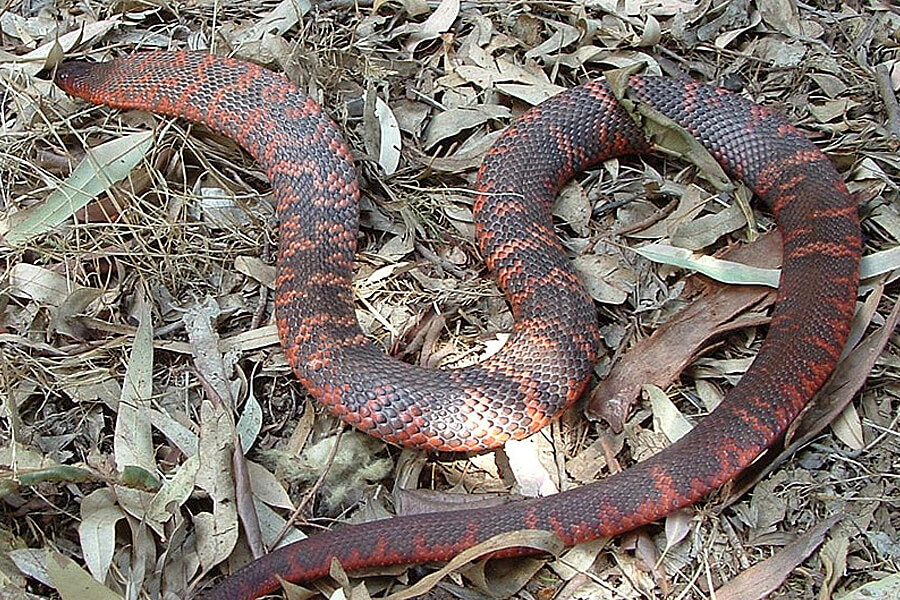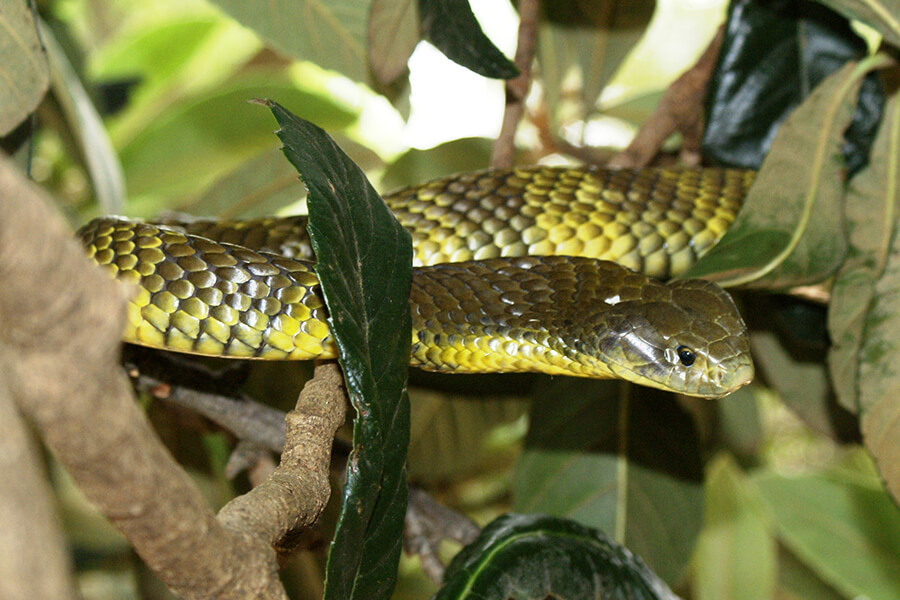Introduction
Tiger snakes (Notechis scutatus) are amongst the most remarkable yet feared reptiles discovered in Australia. With their striking look and potent venom, these serpents evoke a combination of awe and caution. Observing tiger serpents in their native environment can be an exhilarating experience for nature fanatics, wildlife digital photographers, and researchers alike. Nevertheless, it's crucial to approach this endeavor with respect for the pet's habitat and an understanding of precaution to prevent serpent bites.
In this comprehensive overview, we'll explore just how to safely observe tiger serpents in their all-natural habitat. We will cover subjects ranging from comprehending their habits and habitats to first aid for serpent attacks-- furnishing you with understanding to improve your experience while decreasing threats.
What is a Tiger Snake?
Tiger serpents are very venomous snakes native to Australia, particularly Tasmania and coastal areas. They are known for their unique grouped coloration resembling a tiger's red stripes, which can vary from yellowish-brown to dark brownish or even black.
Physical Characteristics
Tiger snakes are tool to large-sized serpents that can mature to 2 meters long. Their bodies are Brown snake bite robust, and they have a wide head that is noticeably wider than their necks.
Habitat Preferences of Tiger Snakes
These reptiles generally occupy marshes, estuaries, and coastal areas yet can also be discovered near freshwater sources like rivers and lakes. Recognizing where these serpents live is essential for any person aiming to observe them safely.
Understanding Tiger Snake Behavior
Are Tiger Snakes Venomous?
Yes, tiger snakes are among the most poisonous First aid for snake bites snake varieties globally. Their venom consists of neurotoxins that can result in serious medical difficulties if bitten.
Behavioral Traits
Tiger serpents are typically shy creatures; they prefer to avoid human interaction. Nevertheless, they can become hostile if threatened or caught.
Where Can You Discover Tiger Snakes?
Tiger Serpent Habitat Exploration
To securely observe tiger snakes in their natural habitat, it's important first to identify where they grow. They have a tendency to prefer:
- Coastal marshlands Mangroves Swamps Riverbanks
Best Locations for Observation
Some advised places Avoiding venomous snakes consist of:

- Tasmanian wetlands The shorelines of southerly Australia National parks with water bodies
Safety Precautions Prior to Observing Tiger Snakes
Understanding the Risks of a Tiger Snake Bite
Although encounters with tiger serpents can be exhilarating, being aware of the risks included is vital:
Recognize signs and symptoms of a snake bite: swelling at the site, discomfort radiating from the bite area. Know emergency situation get in touches with: Familiarize yourself with neighborhood emergency situation services. Carry a first-aid set specifically geared up for serpent bites.First Aid for Serpent Bites: What You Required to Know
Knowing what steps to take if bitten could save your life or someone else's:
- Stay calmness; activity enhances venom spread. Call for medical help immediately. Do not apply ice or effort suctioning.
How to Safely Observe Tiger Snakes in Their All-natural Habitat
When you decide to observe tiger snakes in the wild:
Dress Appropriately: Use lengthy trousers and tough boots. Use Binoculars: Maintain a risk-free range while observing these reptiles. Avoid Abrupt Movements: Quick motions may startle them. Stay on Developed Trails: Stay clear of straying right into thick underbrush where visibility is low.Equipment Required for Observation
Essential Gear Checklist
- Binoculars First-aid kit particularly designed for serpent bites Field guidebook on Australian reptiles Camera (with zoom capability)
Snake Bite Emergency treatment Kit Essentials
A well-appointed emergency treatment package should consist of:|Item|Objective|| -------------------------------|-------------------------------|| Compression bandage|To paralyze the affected location|| Antihistamines|For allergies|| Emergency situation contact numbers|Quick accessibility during emergency situations|
Interpreting Tiger Snake Signals
Understanding just how tiger serpents communicate with body movement helps viewers gauge when it's secure or dangerous:
Common Behaviors
Defensive pose: If curled or raised off the ground. Retreating actions: When they slowly pull back from possible threats.Dealing With Potential Encounters
Even with precautions taken, an encounter might still occur throughout your monitoring trip:
Remain tranquility; worrying only increases risks. Slowly pull back without transforming your back on the snake. Make your visibility understood vocally but prevent abrupt movements.Frequently Asked Questions Concerning Tiger Snakes
1. What must I do if I see a tiger snake?
Remain tranquility; observe from a distance without disturbing it.
2. Are child tiger snakes dangerous?
Yes, adolescent tiger serpents are birthed poisonous and may pose risks comparable to adults in spite of being smaller.

3. Exactly how usual are tiger serpent bites?
While events occur annually in Australia, fatalities are uncommon because of prompt therapy availability.
4. Can I keep a tiger snake as a pet?
Keeping wild tiger snakes as family pets is unlawful in lots of regions due to conservation laws.
5. What does a tiger snake attack look like?
Bite marks normally show 2 puncture injuries along with local swelling and discoloration.
6. How reliable is antivenom?
Antivenom therapy is extremely effective when carried out prompt after a bite.
Conclusion
Observing tiger serpents in their all-natural habitat uses an exciting chance for wildlife enthusiasts but must be come close to with care and regard for both the animal and its setting. By arming yourself with expertise about these fascinating reptiles-- consisting of recognizing their actions and safety measures-- you can enjoy memorable experiences while significantly reducing threats connected with encounters.
In recap, constantly prioritize safety and security by preparing appropriately prior to starting any kind of wildlife monitoring expedition-- especially when taking care of some of nature's most poisonous creatures like the tiger snake!
